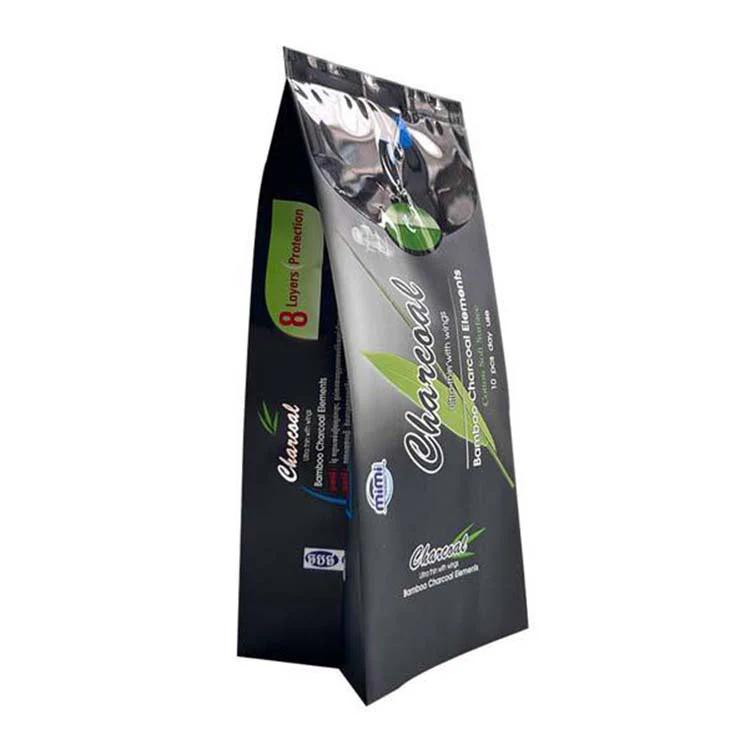How are sanitary pads packaged?
2024-01-05
The individual wrappers serve multiple purposes, including maintaining hygiene, protecting the pad from external contaminants, and making it easy to carry in a purse or pocket discreetly. Several sanitary pads may be bundled together in a larger package or box.
This packaging often provides information about the absorbency level, size, and other features of the pads. Some brands offer re-sealable packaging for multipack boxes, allowing users to easily take one or more pads while keeping the remaining pads protected from dust and moisture.

Individual pads are often folded and secured with adhesive tabs to maintain a compact and discreet shape. The folded design allows for easy unwrapping and application. Packaging typically includes information about the absorbency level, pad size, and any additional features such as wings for added protection. Instructions for use, disposal, and other relevant details may be printed on the packaging. Some brands use color-coded packaging to differentiate between different absorbency levels or types of sanitary pads within a product line.

In recent years, there has been a trend towards more environmentally friendly packaging options, such as using recyclable materials or reducing the amount of packaging overall. Some brands offer variety packs that include different sizes or types of pads in a single package to meet various needs throughout a menstrual cycle. Many individual wrappers and multipack boxes have tamper-evident seals to ensure the integrity of the product and provide an extra layer of protection. It's important to note that the packaging of sanitary pads has evolved over time to address user preferences, environmental concerns, and the need for convenience. Additionally, different markets and regions may have variations in packaging based on cultural or regulatory considerations.




